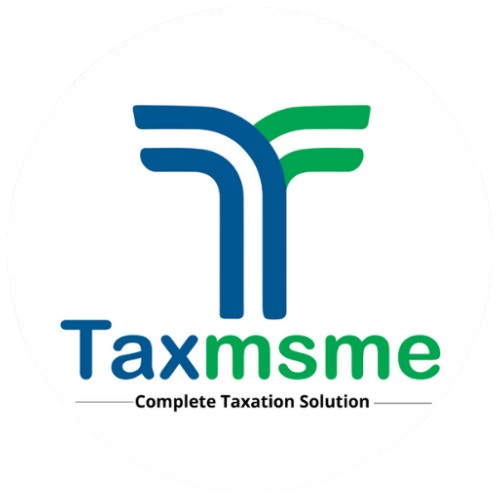If you’re dealing with TDS (Tax Deducted at Source) in any capacity, you’ve likely come across the term TAN. But what is TAN, and why is it necessary?
In this blog, we explain the full form of TAN, its structure, and who is required to apply for it. Whether you’re a business owner, salaried professional responsible for payroll, or managing accounts, this guide will clarify everything you need to know.
📌 What is TAN?
TAN stands for Tax Deduction and Collection Account Number.
It is a 10-digit alphanumeric number issued by the Income Tax Department of India. TAN is mandatory for all entities responsible for deducting or collecting tax at source.
🏢 Example Use Cases:
-
A company deducting TDS on employee salaries
-
A business deducting TDS on contractor payments
-
A buyer deducting TDS when purchasing property over ₹50 lakh
Without TAN, you cannot deposit TDS or file TDS returns, which leads to penalties and non-compliance issues.
🔠 Structure of TAN
TAN is a 10-character alphanumeric code, and its format is:
AAAA12345A
Here’s how it breaks down:
| Component | Description |
|---|---|
| First 4 Letters | Indicate the jurisdiction and type of deductor |
| Next 5 Digits | A unique number assigned to the deductor |
| Last Letter | Alphabetical check code |
Example: DELH12345K
-
“DELH” denotes the jurisdiction code
-
“12345” is the unique identifier
-
“K” is a check digit for validation
👥 Who Needs to Apply for TAN?
The following categories must apply for TAN:
✅ Businesses and Companies
Any business that is required to deduct TDS while paying salaries, contractors, interest, rent, or other applicable expenses.
✅ Government Offices
Government departments involved in tax deduction or collection activities.
✅ Proprietorships and Partnerships
Even individuals running a business in proprietorship form must obtain TAN if they deduct TDS.
✅ Buyers of Property
Any person purchasing immovable property worth ₹50 lakhs or more must deduct TDS under Section 194-IA and hence needs TAN.
✅ Charitable Trusts, Societies, NGOs
If these institutions are required to deduct TDS on salaries or professional services, they also need a TAN.
📝 How to Apply for TAN?
You can apply for TAN both online and offline.
🔹 Online Application:
-
Visit the NSDL-TIN website
-
Click on “Apply Online”
-
Fill in Form 49B
-
Submit with digital signature (if available)
-
Pay the application fee (₹65 including GST)
-
You will receive the TAN by email/post
🔹 Offline Application:
-
Download and fill Form 49B
-
Submit it at any TIN Facilitation Center
-
Pay the fee in cash or DD
-
TAN will be dispatched to your address
⏰ When to Apply for TAN?
TAN must be applied before deducting or collecting tax. If you deduct TDS without a valid TAN, you can face:
-
A penalty of ₹10,000
-
Rejection of TDS returns
-
Non-issuance of Form 16/16A
🔄 Is TAN Same as PAN?
No.
TAN is different from PAN (Permanent Account Number). While PAN is used for income tax purposes, TAN is specifically for TDS and TCS activities.
| PAN | TAN |
|---|---|
| Used for income tax | Used for TDS/TCS |
| 10-digit alphanumeric | 10-digit alphanumeric |
| Mandatory for all taxpayers | Mandatory for deductors/collectors only |
📃 Documents Required for TAN Application
-
Copy of PAN of the applicant
-
Business registration documents (if applicable)
-
Address proof (Aadhaar, Utility Bill, etc.)
-
Identity proof (Aadhaar, PAN, Passport, etc.)
✅ Benefits of Having a TAN
-
Legally deduct and deposit TDS
-
File TDS returns without rejection
-
Avoid penalties and interest on non-compliance
-
Maintain a good taxpayer reputation
-
Ensure proper Form 16/16A issuance to deductees
📌 Conclusion
Now that you understand what TAN is, its structure, and who needs to apply, make sure you obtain it before engaging in any TDS-related transactions. Whether you’re a startup, large enterprise, or an individual purchasing property, TAN ensures your tax deductions are legal, traceable, and compliant with Indian tax law.
Don’t wait until penalties catch up — apply for your TAN today and stay on the right side of the law.






